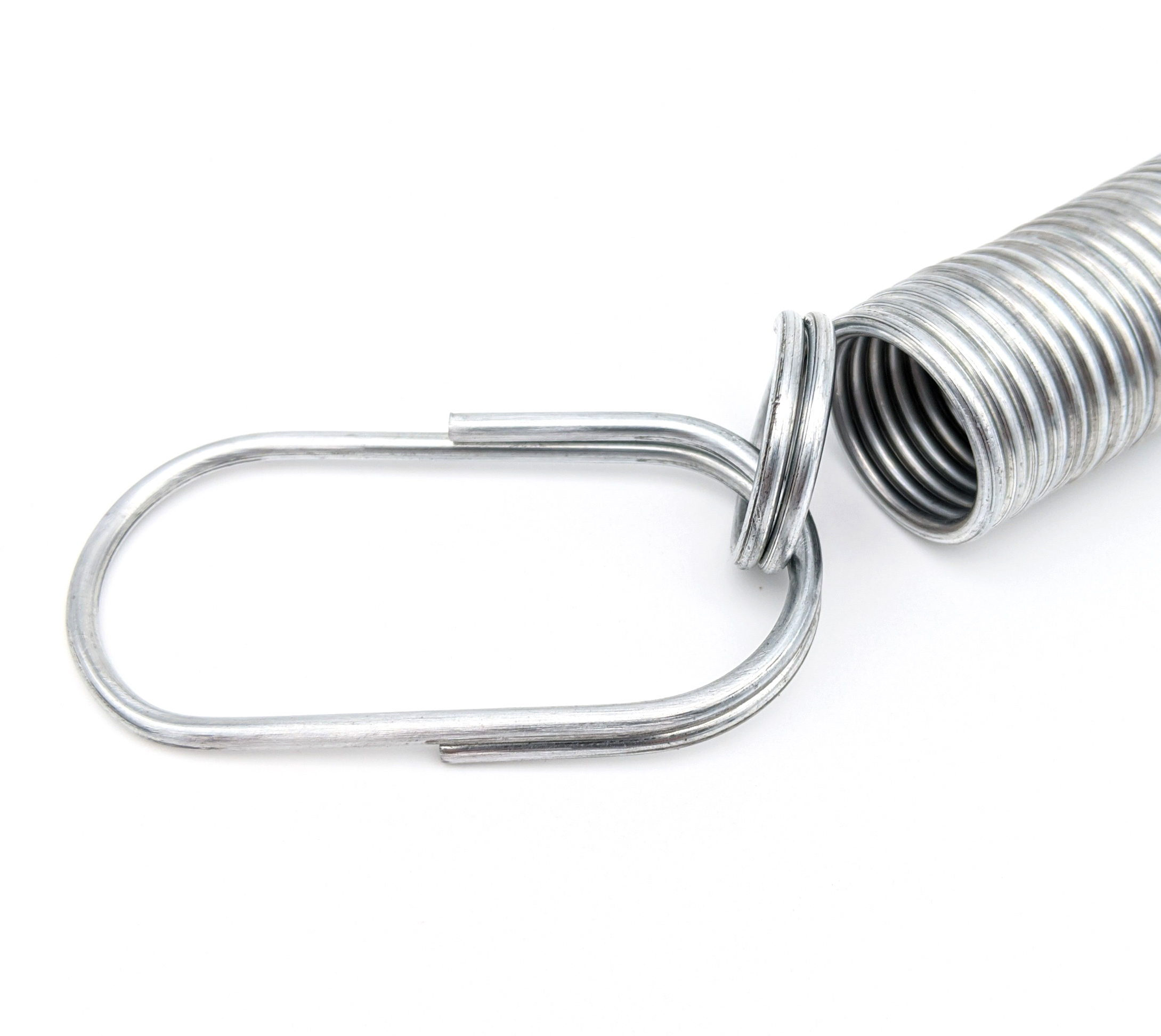Get unique, complex parts easily. No matter your requirements, Chaoyi Spring creates hard-to-produce coil springs and wire forms.
Let us help you create the custom wire form you need, from S-hooks and J-hooks to utility hooks and more.
We work closely with customers across a wide range of industries, helping them design and manufacture made-to-order parts.
Why choose Chaoyi Spring? We prioritize customer-focused collaboration, modern equipment and the latest technology to make your parts per print.
Find the information and guidance you need, from measuring a spring to learning about materials, placing an order and much more.
In the world of mechanics and engineering, springs are ubiquitous, playing a crucial role in countless applications. From the delicate mechanism of a wristwatch to the robust suspension of a


In the world of mechanics and engineering, springs are ubiquitous, playing a crucial role in countless applications. From the delicate mechanism of a wristwatch to the robust suspension of a car, springs provide the necessary force to maintain functionality. Among the many types of springs, tension and torsion springs stand out as essential components, each with unique characteristics and applications. This article delves into the intricacies of these two spring types, elucidating their differences, properties, and ideal usage scenarios. By understanding the nuances of tension and torsion springs, we can make informed choices for our engineering endeavors and ensure optimal performance in our designs.

Imagine a rubber band stretched taut, ready to snap back to its original form. This simple analogy captures the essence of a tension spring. Tension springs, also known as extension springs, are designed to store and release energy when subjected to a pulling or stretching force. They are typically made of coiled wire, with the coils closely spaced and often possessing a hook or loop at each end for attachment. The spring's resistance to stretching is determined by its material, diameter, coil diameter, and the number of coils.
Tension springs are renowned for their ability to exert a constant force over a specific distance. They find widespread use in various applications, including:
The key advantage of tension springs lies in their simplicity and versatility. They are relatively inexpensive to manufacture and can be readily adapted to different sizes and spring rates. However, it's crucial to note that tension springs are susceptible to fatigue, especially when subjected to repeated stretching and relaxation. Proper selection of materials and design considerations are essential to ensure long-term durability.
In contrast to tension springs, torsion springs are designed to store and release energy when subjected to a twisting or rotating force. They are typically shaped like a helix or coil, with one end fixed and the other free to rotate. When a twisting force is applied to the free end, the spring stores energy by winding tighter. Upon release, the stored energy is released, causing the spring to unwind and exert a rotational force.
Torsion springs are widely used in applications requiring precise control of rotational movement. Some of their common uses include:
Torsion springs offer several advantages over their tension counterparts. They are generally more durable and less prone to fatigue, making them suitable for long-term use in demanding applications. Additionally, their ability to exert high torque in a compact space makes them ideal for intricate mechanisms.
While both tension and torsion springs share the common function of storing and releasing energy, their design and application differ significantly. Here's a table summarizing the key differences between the two:
| Feature | Tension Spring | Torsion Spring |
|---|---|---|
| Type of Force | Pulling or Stretching | Twisting or Rotating |
| Design | Coiled wire with hooks or loops at ends | Helix or coil with one fixed end and one free end |
| Energy Storage | By stretching the spring | By winding the spring tighter |
| Application | Door closures, retractable cords, mechanical toys | Clock mechanisms, automotive suspensions, mechanical devices |
| Advantages | Simplicity, versatility | Durability, high torque |
| Disadvantages | Susceptible to fatigue | More complex design |
Selecting the appropriate spring type for your application is paramount. Here's a practical guide to help you make the right choice:
When in doubt, consulting with a spring expert or manufacturer can provide valuable insights and recommendations tailored to your specific needs.
Tension and torsion springs, despite their differences, are both indispensable components in countless applications. Understanding their unique characteristics and applications allows us to make informed decisions for our engineering designs. By carefully considering the type of force, space constraints, load capacity, and durability requirements, we can select the optimal spring type for our needs and achieve reliable and efficient performance in our projects. As we continue to innovate and explore new possibilities, springs will undoubtedly continue to play a pivotal role in shaping the future of mechanics and engineering.
In conclusion, tension and torsion springs, although distinct in their design and application, share the common goal of storing and releasing energy. Understanding the nuances of each spring type and their respective advantages and disadvantages empowers engineers to make informed choices for their designs. By embracing the power of springs, we unlock a world of possibilities, enabling the creation of sophisticated machines and devices that improve our lives and shape the future.
Browse some of the custom wire forms and springs that we manufacture. Don’t see what you need? We specialize in made-to-order products that meet your application requirements.
Visit Our GalleryNeed a custom wire form or coil spring? We make it work. Fill out the contact form and a representative will respond within 1 business day. If you have a PDF or CAD file, you can submit to request a quote.